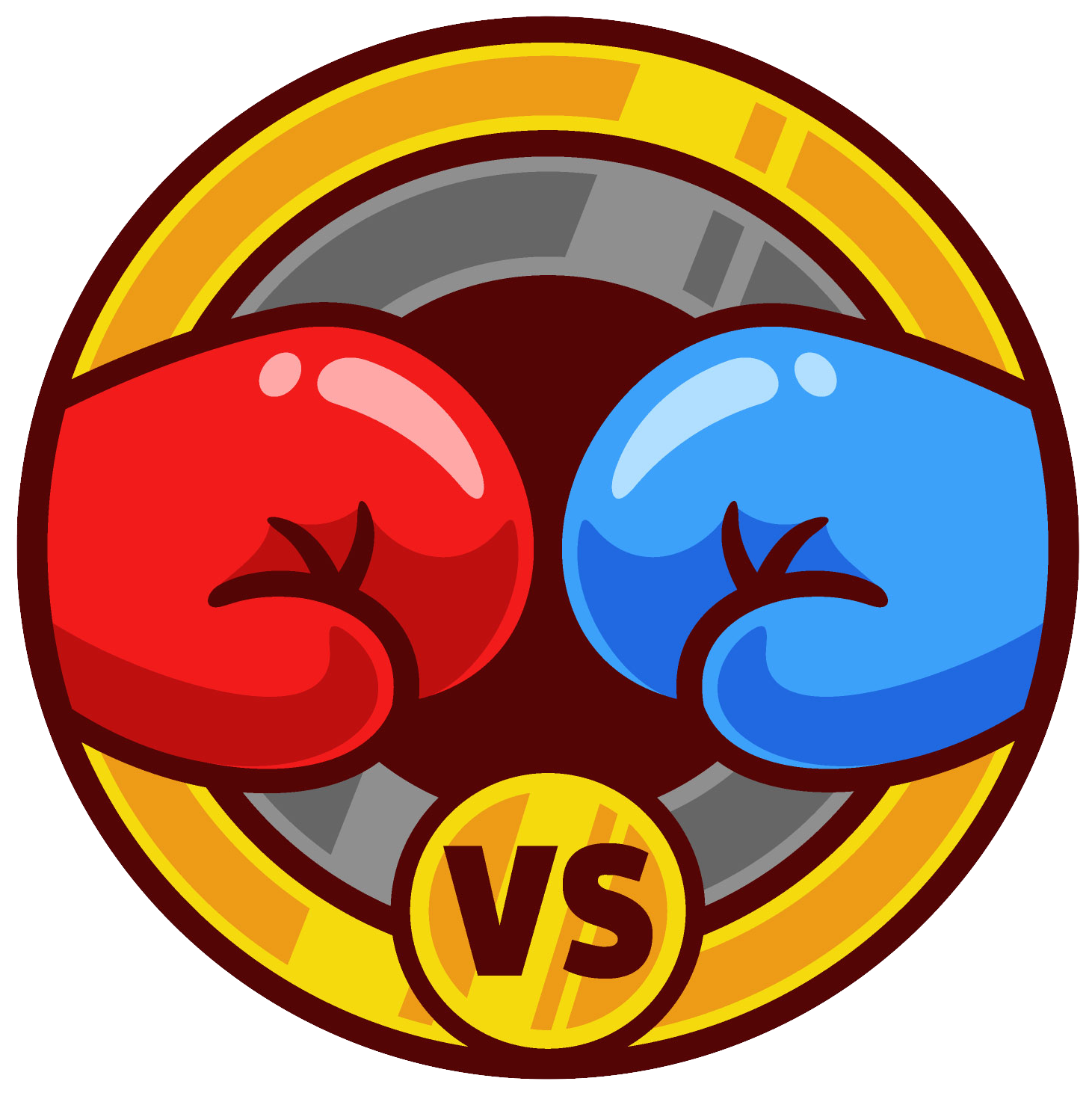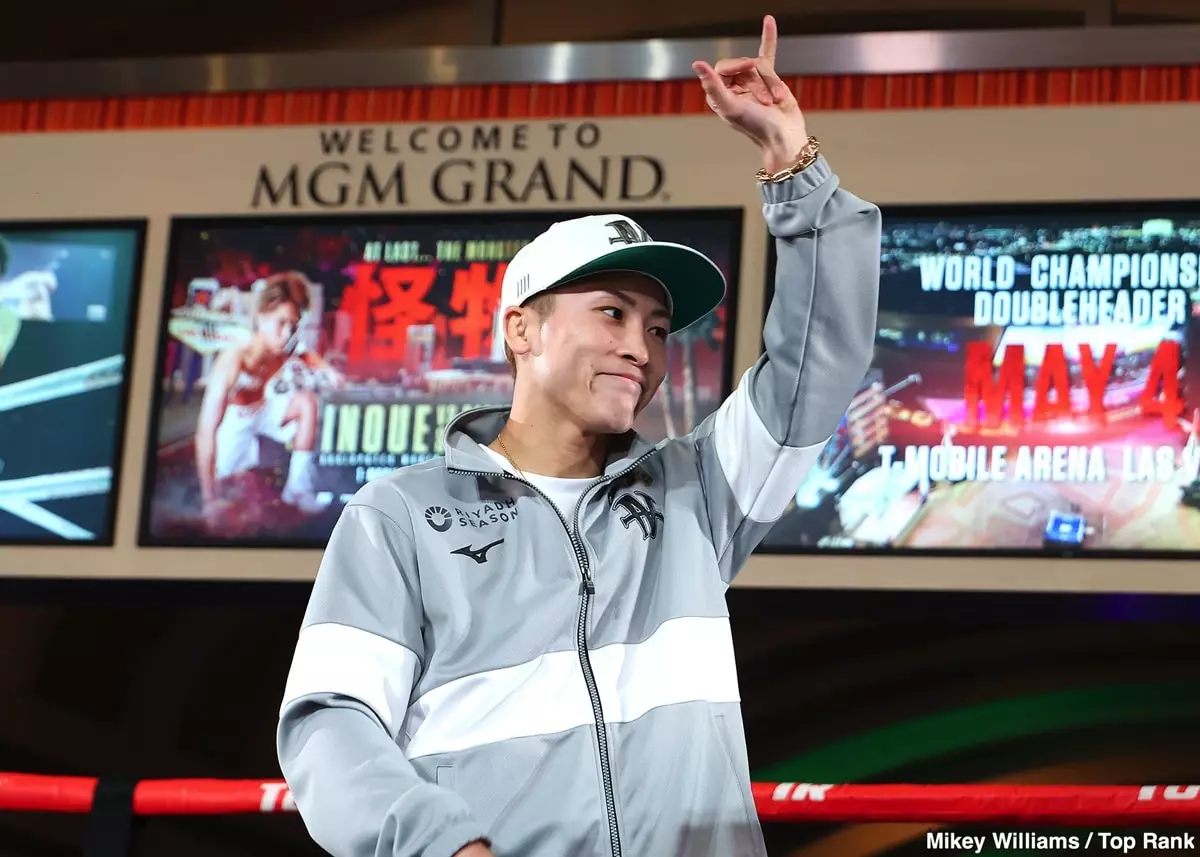In what was expected to be a weekend showcasing some of boxing’s brightest stars, fervor quickly turned to frustration as fight fans were met with an epidemic of inactivity and underwhelming performances. Two major events unfolded simultaneously—one in Times Square, New York, and another in Riyadh, Saudi Arabia—yet both left spectators longing for the excitement that was heavily touted in the buildup. Instead of thrilling exchanges and noteworthy knockouts, viewers bore witness to a disheartening display that elicited groans rather than cheers. The statistics are staggering, with some fights recording the lowest number of punches ever landed since CompuBox began tracking the data in 1985.
On one hand, the Rolly Romero vs. Ryan Garcia showdown was particularly egregious, ranking as the fourth lowest in connect percentage. When paired with the co-main event featuring Devin Haney and Jose Ramirez—ranking sixth on the same list—it further established this boxing card not as a milestone of triumph but a monument to mediocrity. The lack of engaging action begs the question: what happened to the notion of boxing as an exhilarating sport?
Examining the Punch Statistics
The numbers tell a sobering story. Canelo Alvarez, a fighter who’s usually at the pinnacle of dominating performances, also struggled to deliver a riveting evening at his four-belt super middleweight title fight against William Scull. His fight didn’t just disappoint; it set a dismal standard. With respect to the artistic elements of boxing, such as footwork and strategy, it becomes unfortunate when a fight is devoid of action.
Analyzing the punch statistics casts a shadow over the excitement that was presumed to infiltrate the venues. Canelo landed a meager 56 punches, while Scull managed to connect 55. The assumptions surrounding Canelo’s prowess were shattered into obscurity; the fight turned into a tête-à-tête rather than the grand saga expected of two elite caliber fighters. Similar disappointment echoed in the heavyweight clash of Efe Ajagba vs. Martin Bakole, and the Jaime Munguia-Bruno Surace rematch, both of which limped on without any bone-shattering moments.
What stands out in the grim statistics is the stark realization that engaged combat has become a rarity. The overwhelming aura of anticipation, propelled by hype and financial investment in pay-per-view, felt squandered. Fans might have hoped for unforgettable moments to cheer, yet moment after moment passed without palpable excitement.
Hope on the Horizon: Naoya Inoue
As the boxing community grappled with the fallout of an unanticipated letdown, one figure looms large on the horizon: Naoya Inoue. This major star enters the stage in Las Vegas to fight Ramon Cardenas, with much riding on his shoulders—not just for himself, but for an entire weekend’s worth of expectations unmet. Inoue has gained a reputation for decisive and electrifying bouts, often leading to exciting outcomes that resonate with fans looking for just that—a knockout.
Given the tepid performances exhibited in the preceding bouts, there is a palpable pressure on Inoue to deliver. The optimism surrounding his return to the U.S. is significant, with expectations soaring that he will break the “KO drought” that may have infected the other shows. Historical records speak not only of Inoue’s skill but also of how seldom he goes the distance. If he does find himself forced into extended rounds, it would serve as an uncharacteristic twist in the narrative of an otherwise ambitious career.
In boxing, narratives unfold and transform, often shaping the fate of fighters, fans, and the sport itself. The recent disappointments cast a long shadow, but can Naoya Inoue shine a light through the haze? As fight fans eagerly await the clash against Cardenas, they cling to hope for a night that will not just entertain but inspire, rekindling enthusiasm for the sport they love. The stakes are high, and boxing’s future in this weekend hangs in the balance.


Leave a Reply